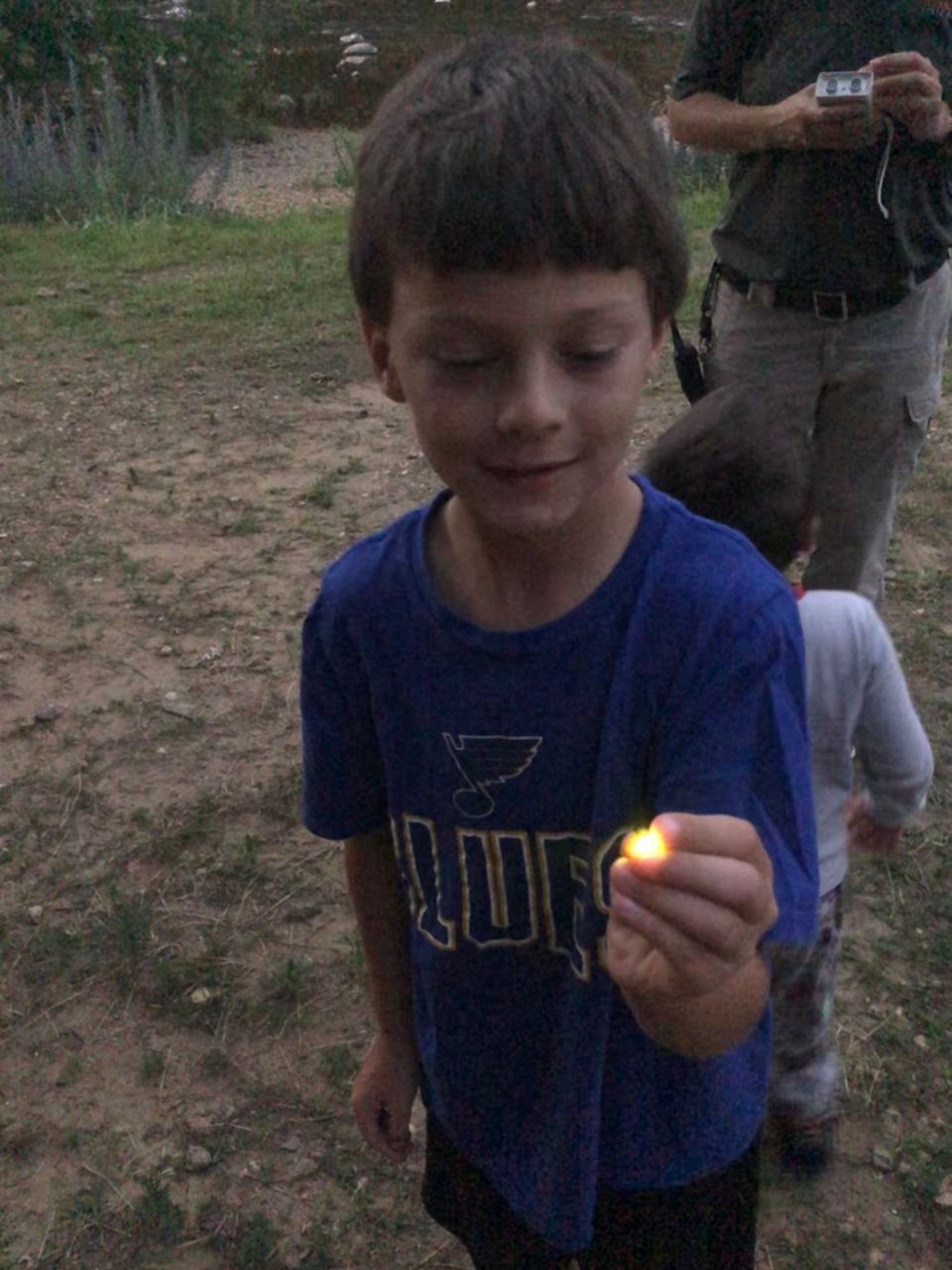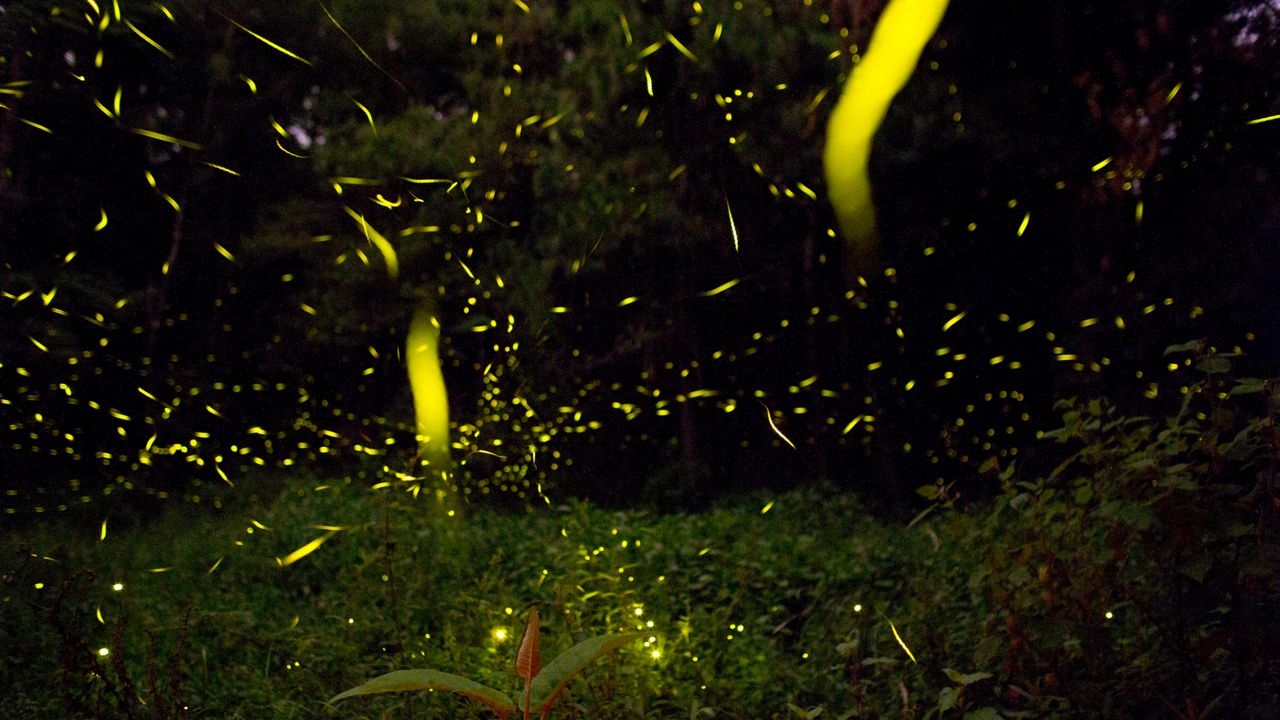It’s summer, and you might spend your days at the pool, or hiking on the trails, but popular nighttime activities include catching those glowing beetles. Whether you refer to them as fireflies or lightning bugs, the glow of these insects becomes magical.
The ideal weather for these beetles is warm and humid. Unlike most humans, they thrive under these conditions. That’s why summer is when they are present.
“Fireflies use a trick called bioluminescence to create their amazing light,” says Dan Zarlenga, with the Missouri Department of Conservation (MDC).
The insects contain an enzyme called luciferase, which produces light, yet very little heat. The glow we see, he adds, “is similar to the chemical reactions much like we see in glow sticks.”

One could guess how they got their name, but why do some refer to them as fireflies and others say they are lightning bugs? “Lightning bug and firefly are just different popular names for the same type of insect,” says Zarlenga. But the naming convention comes down to location.
About ten years ago, Joshua Katz, then a PhD candidate from the NC State Department of Statistics, mapped out results from a survey he created on the name of these insects. The results showed nearly 40% of participants used the terms firefly and lightning bug interchangeably, whereas around 30% only referred to them as lightning bugs and the other 30% only considered them fireflies.
Based on his map, areas to the west of the Rockies are more likely to call them fireflies, whereas the Midwest, Mid-Atlantic and South are more inclined to refer to them as lightning bugs. New England, Florida and Texas use the terms interchangeably.
You can find beetles in less developed areas, like forests or meadows or even your backyard, anywhere that contains wood or leaf litter. “The females lay their eggs late summer in wet soil, rotting wood and damp leaf litter,” explains Zarlenga.
The larvae, known as glowworms, live in this damp environment. The worms may be wingless, but he says these larvae are “voracious predators with jaws containing toxins to overpower snails, slugs and other prey.”
Once they reach the mature or adult stage, usually in late spring, they can fly. However, they only last for approximately two months. The light they emit is a means of communication, especially for mating.
When done mating, some females will flash their light for their next meal. They will attract additional males to consume.
These beetles thrive in warm weather with minimal light pollution. What is threatening their population is habitat loss, says Zarlenga. “Such as paving over fields and forests where they live and the use of pesticides and herbicides, which hurt their numbers by killing them too.”
Excess light pollution isn’t good for lightning bugs either. “It confuses and disrupts their flashes used in communication and mating activities,” he adds.
He says to help the fireflies, “We urge people to limit or avoid the use of these chemicals in their yards, leave some leaf litter and portions of tall grass as habitat, and reduce the use of artificial light.”
Our team of meteorologists dives deep into the science of weather and breaks down timely weather data and information. To view more weather and climate stories, check out our weather blogs section.



